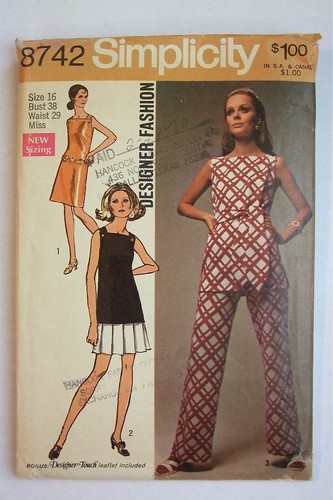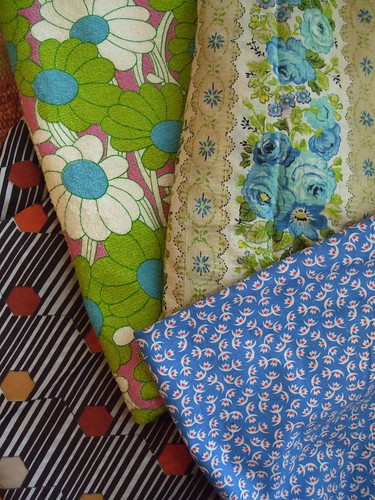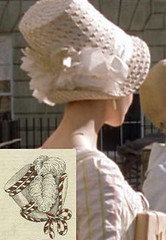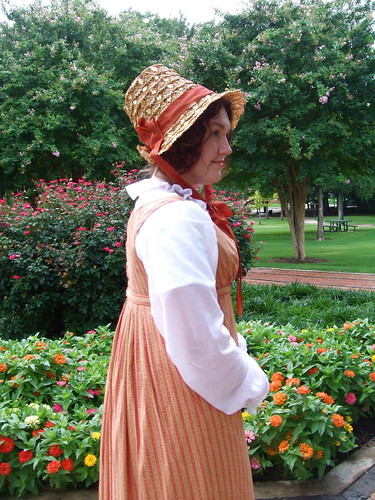My "look what I found at the estate sale!!!!" posts are probably boring as all get out for you guys to read, but I love playing show and tell, and it helps me remember what I bought and when and how much it cost. So anyhoo... after a bit of a dry spell, I've had some really good luck estate shopping these past two weeks. Wanna see what I got?
First of all, I picked up 17 new old patterns from the late 60's through the 70's. This isn't my favorite era of retro fashions, but I have to admit, they are starting to grow on me - mostly because I can see great possibilities for garments that could work in my everyday wardrobe. For example, I love the clean lines in these 2 patterns from 1970. With the right fabrics, they would look so chic and modern!
All the patterns were $.50, which made them cheap enough that I could buy a few just to marvel at how hideous 70's fashions could be!
I also picked up some fabric yardage for $.50 a cut. In addition to a few basics, I found these fabulous prints that I can't wait to use with my vintage patterns. My favorite is the green and white daisies on terrycloth. I have no idea what I'll ever do with it, but it is so over the top crazy that I'm determined to make something fabulous someday! I also love the small scale print on blue, and although there isn't a lot of it, I think it would make a sweet little 40's blouse, or maybe trim on a dress.
At another sale, I picked up some great lace and collars for $1 apiece. There is 10 yards of the wide eyelet trim, so I am already daydreaming about pretty Victorian or Edwardian undies.
Next, I got a few women's magazines dating from 1900 - 1924. They have some nice fashion plates, but the articles and embroidery diagrams are the best part. My favorite article teaches you how to make fabric flowers. I plan on scanning and posting the instructions for anybody who wants to give them a try (as soon as I can unearth my scanner).

And saving the best for last, here is my super-fab $2 coat. I lovelovelove this coat, and it has a real fur collar and is in perfect condition! I love it so much, I've been wearing it around the house on this 100 degree summer day!
I've been having a blast searching for estate sale treasures lately, and I am going to be SO sad when I have to go back to work again and miss out on all the early sales! If any of you in the DFW area are interested in estate sale shopping, you might want to join the 24/7 Estate Sale mailing list. Just be sure that you leave some of the good stuff for me! ;)






















